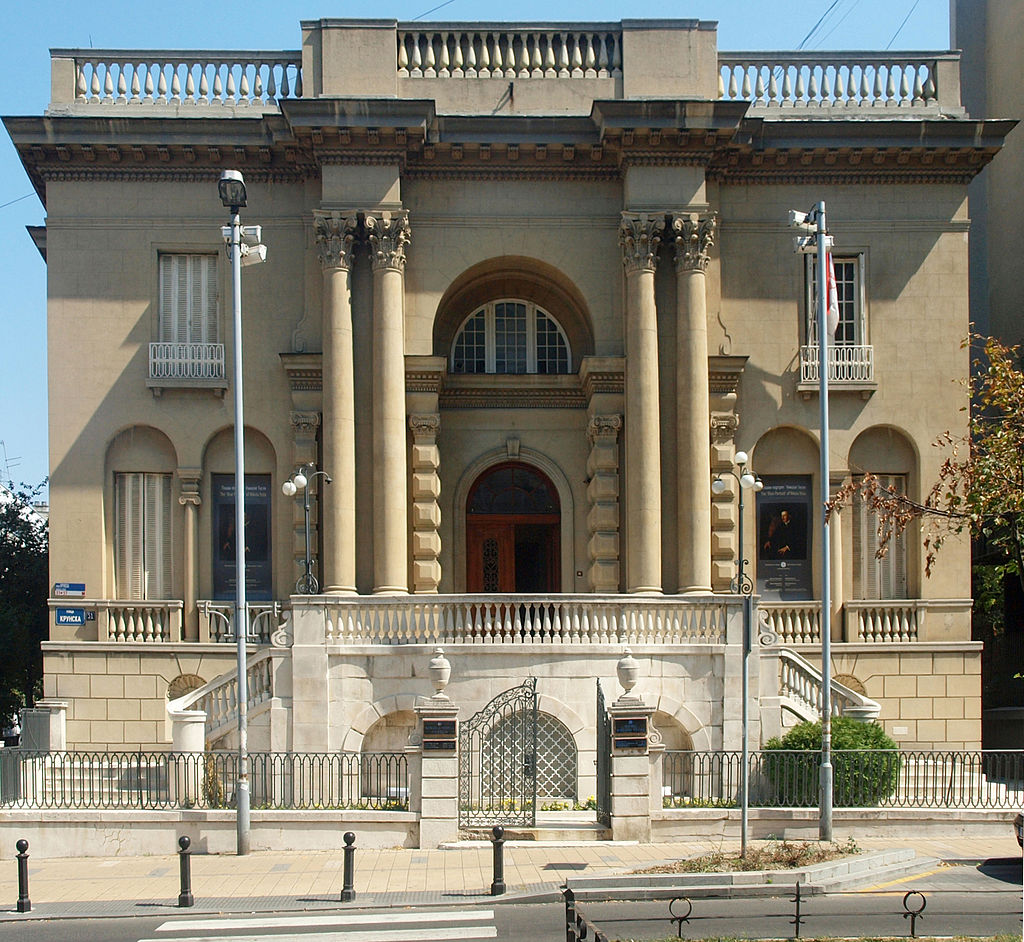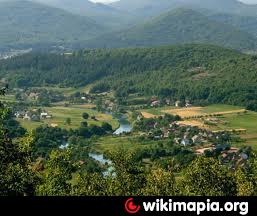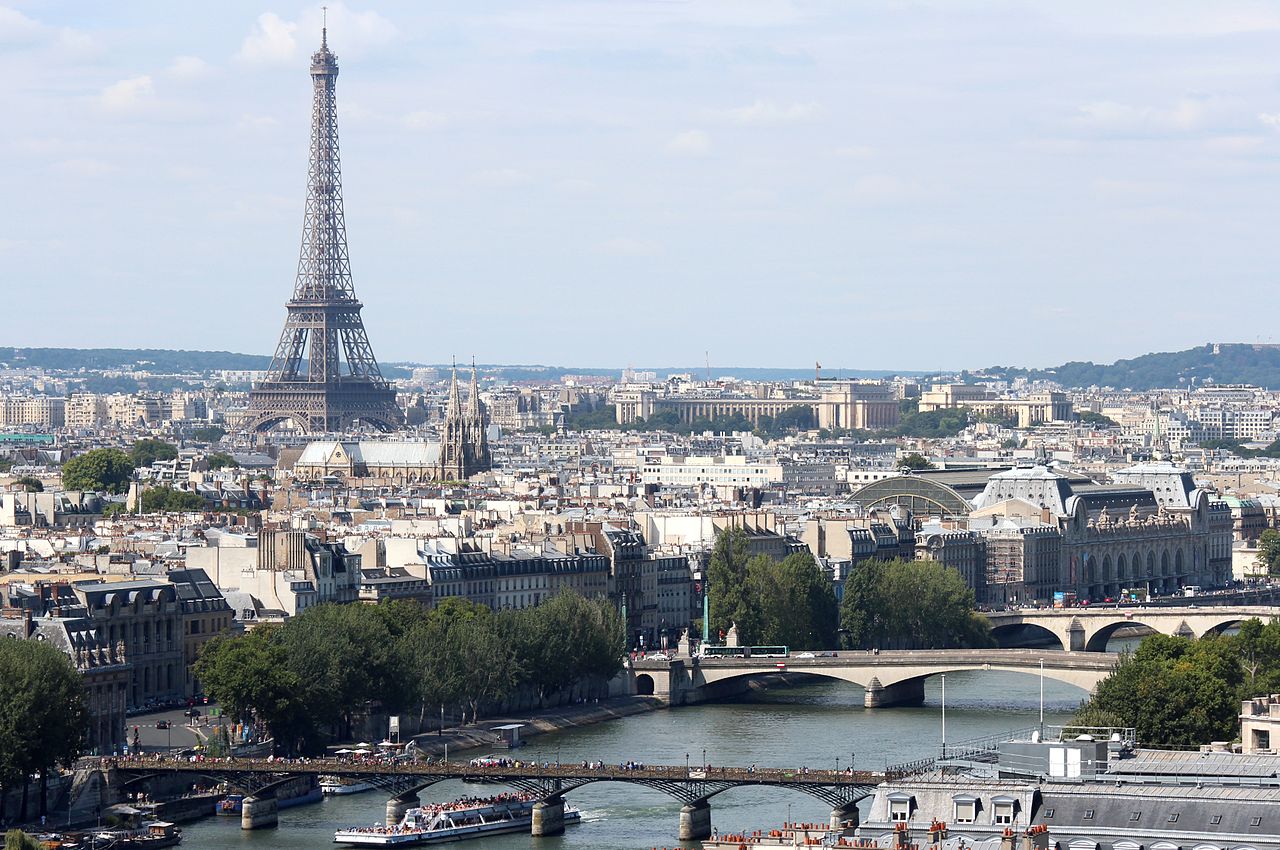Landschlacht, Switzerland, 7 October 2018
“I caution you.
Expect much!”
(Hugo Gernsback, Electrical Experimenter, January 1919)

Above: Hugo Gernsback (1884 – 1967)
In my apartment we have many things.

These things seem so commonplace that we have taken this electrical world in which we live in for granted.
Amongst the flotsam and jetsam and choas that is a modern apartment, much is powered by electricity: the lamps and overhead lights, the computer upon which I type this blog, the TV and two radios, the toaster, the kettle, the dishwasher, the fridge, the freezer, my wife’s hairdryer and iron, the vacuum cleaner, and batteries and cables used for mobile devices.
Our apartment is by no means super-modern nor overly luxurious in terms of all the bells and whistles other flats might produce, but we are nevertheless grateful for the manner in which our lives are blessed, materialistically and otherwise.
There are names you might have heard of in regards to the history of electricity: Thales, Aristophanes, Euclid, Pliny, William Gilbert, Benjamin Franklin, Joseph Priestley, Charles Coulomb, Luigi Galvini, Alessandro Volta, Humphrey Davy, André-Marie Ampère, Georg Ohm, Michael Faraday, Samuel Morse, James Prescott Joule, Thomas Edison and Heinrich Hertz.
I have even written at great length about Alessandro Volta….

Above: Alessandro Volta (1745 – 1827)
(See Canada Slim and the Life Electric of this blog.)
There are names equally important to the development of electricity that you may have never heard of: Shen Kuo, Alexander Neckham, Pierre de Maricourt, Gerolamo Cardano, Cabaeus, Sir Thomas Browne (who first coined the word “electricity“), Otto von Guericke, Robert Boyle, Francis Hauksbee, Stephan Gray and the Reverend Granville Wheler, Charles Francois de Cisternay du Fay, Pieter van Musschenbroek of Leyden, Ewald Georg von Kleist, William Watson, C.M. of Scotland (still unidentifiable to this day), Georges-Louis LeSage, William Nicholson, Anthony Carlisle, Johann Ritter, Gian Domenico Romagnosi, Thomas Young, Étienne-Louis Malus, Hans Christian Orsted, Johann Schweigger, Thomas Seebeck, William Sturgeon, Francesco Zantedeschi, Paul Schilling, Heinrich Lenz, Jean-Charles Peltier, Joseph Henry, David Alter, Alexandre Becquerel, James Clark Maxwell, John Kerr, Oliver Heaviside, Galileo Ferraris, John Fleming, Heike Onnes, Louis de Broglie and Martin Ryte.
To name a few….
There is one man who we might never had heard of were it not for his greatest fan’s determination to demonstrate to the world his hero’s legacy.
A legacy remembered in Croatia, Serbia, Austria, Hungary and America.
A determined traveller can find plaques and memorials to this man in Smilijan (Croatia), Zagreb (Croatia), Niagara Falls (USA / Canada), Baku (Azerbaijan), Wardenclyffe (USA), Manhattan (USA), Palo Alto (USA), Hamilton (Canada) and Belgrade (Serbia).
This great inventor has had his name given to a ship, a song, a high school, a planetoid, a crater on the Moon, a power plant, a museum-archive, an airport, a unit of measurement, an electric vehicle rally, three holidays, a rock band, an electrotechnical conglomerate, an electric car manufacturer and a major scientific award.
His name has endured in books, films, radio, TV, music, live theater, comics and video games, and most recently a new Hollywood film (The Current War) and a Netflix documentary.
But much like Sherlock Holmes needed Dr. John Watson for his fame, so we are grateful to Hugo Gernsback (“The man who invented the future“) for the fame of a man he called “the greatest inventor of all time“: Nikola Tesla.
Above: Nikola Tesla (1856 – 1943)
Were it not for Tesla’s eccentric personality and a poor sense of financial management, he might have ended up as famous as Edison or Einstein.
Tesla was the electrical engineer who invented the AC (alternating current) induction motor, which made the universal transmission and distribution of electricity possible.

This spring I spent six days, by invitation from my good friend Nesha, in Serbia, a country that everyone in the West thinks they know but hardly anyone in the West really knows.
(For a further description of Serbia, please see Canada Slim and the Holy Field of Sparrows & Canada Slim and the Land of Long Life of this blog.)

Above: The flag of Serbia
Ask the average North American what little they know about Serbia and chances are strong they will mention NATO bombings, Milosevician atrocities and…. Nikola Tesla.
I have often believed that Americans are the world’s best marketers and there is a grain of truth to the song dedicated to the American metropolis of New York City, but applicable to America as a whole….
“If you can make it there, you’ll make it anywhere.”
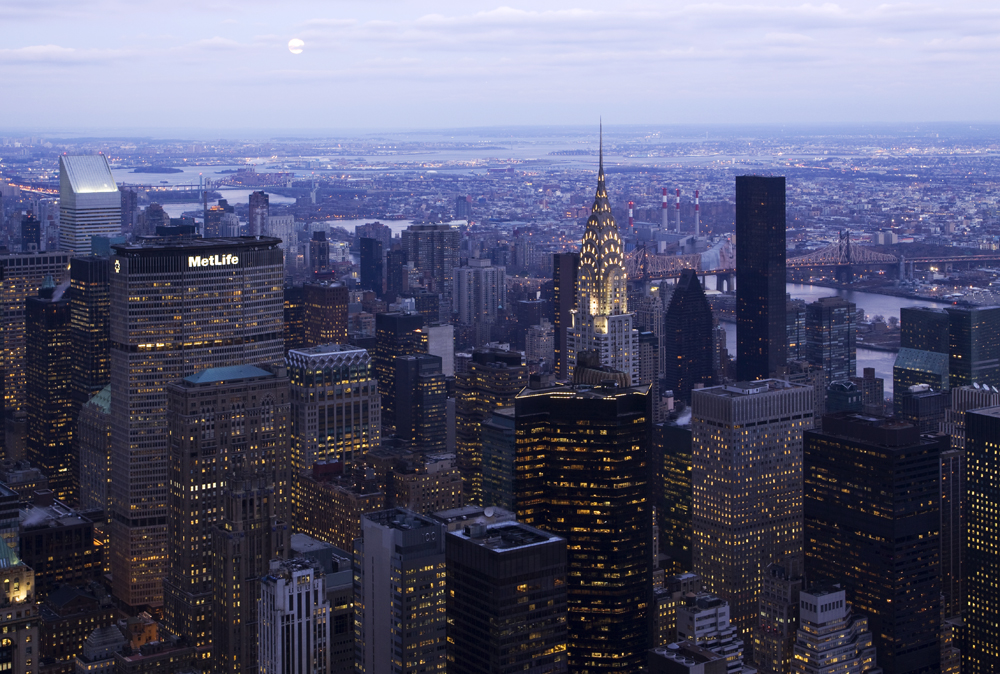
In other words, until America knows you, very few others will.
Were it not for Tesla’s work in America and Gernsback’s American technical science monthly magazine for which Tesla wrote for and in which his autobiography appears, the world might not remember as it does the name of Tesla.
Were it not for my visit to the Tesla Museum in Belgrade I might never have learned of the legacy of Tesla and his greatest publicist….
Despite a lack of enduring international recognition, Tesla remains a Serbian national hero and it is his face that currently decorates the 100 dinar note.
The Museum has captions in English and guidebooks available in Serbian and English.
Regular tours in English are given by the enthusiastic and knowledgable staff.
Some of the rooms relate to Tesla’s scientific work and have a number of hands-on displays and dynamic working models that are fun for children and adults alike.
Two more rooms are dedicated to the personal life of the physicist.
The urn containing his ashes is housed here too as well as his death mask.
Above: Nikola Tesla Museum, Belgrade, Serbia
Belgrade, Serbia, 5 April 2018
To say that Hugo Gernsback was a fan of Nikola Tesla is an understatement.
In Gernsback’s own words:
“Nikola Tesla, in the opinion of authorities, today is conceded to be the greatest inventor of all time.
Tesla has more original inventions to his credit than any other man in history.
He is considered greater than Archimedes, Faraday or Edison.
His basic, as well as revolutionary, discoveries for sheer audacity have no equal in the annals of the world.
His master mind is easily one of the seven wonders of the intellectual world.
Tesla has secured more than 100 patents on inventions, many of which have proved revolutionary.
Science accords to him over 75 original discoveries, not mere mechanical improvements.
90% of the entire electrical industry pays tribute to his genius.
The question as to why the world at large does not know Tesla is answered best by stating that he committed the unpardonable crime of not having a permanent press agent to shout his greatness from the housetops.
Then, too, most of Tesla’s inventions, at least to the public mind, are more or less intangible on account of the fact that they are very technical and, therefore, do not catch the popular imagination, as, for instance, wireless, the X-ray, the airplane or the telephone.
Tesla is a man of extraordinary knowledge.
He is remarkably well read and has a photographic memory whereby it is possible for him to recite page after page of nearly every classical work, be it Goethe, Voltaire or Shakespeare.
He speaks and writes twelve languages.
He is an accomplished calculator, who has little use for tables and textbooks and holds the slide rule in contempt.”

Nikola Tesla’s autobiography, My Inventions, appeared in Hugo Gernsback’s magazine Electrical Experimenter in six monthly installments (February to June 1919 and October 1919) and is in a hard cover book offered by the Nikola Tesla Museum, which has been in operation since the 150th anniversary of Tesla’s birth (2006).
To fully appreciate and comprehend both men and the Museum dedicated to Tesla and Tesla’s autobiography printed by Gernsback, we need to look back at not only both men’s histories but as well back to an age where electricity existed in a realm that lay somewhere between magic, science and commerce.
Nikola Tesla (1856 – 1943) was born an ethnic Serb in the village of Smiljan, then part of the Austro-Hungarian Empire, now Croatia.
Above: Tesla’s house, Smiljan, Croatia
His father Milutin was a Serbian Orthodox priest, his mother Duka was the daughter of another priest.

Above: Milutin Tesla, Nikola’s father
Milutin was the son of an officer who served in Napoleon’s army and, in common with Nikola’s uncle, a professor of mathematics, had received a military education but later embraced the clergy in which vocation he achieved eminence.
Milutin was a very erudite man, a veritable natural philosopher, poet and writer.
Nikola’s father had a prodigious memory and frequently recited at length from works in several languages.
Milutin often remarked playfully that if some of the classics were lost he could restore them.
His style of writing was much admired.
He penned sentences short and terse and was full of wit and satire.
Nikola’s mother, Duka, descended from one of the oldest families in the country and a line of inventors.
Both her father and grandfather originated numerous implements for household, agricultural and other uses.
Duka had a talent for making homemade craft tools and mechanical appliances and the ability to memorize lengthy Serbian epic poems, even though she had never received a formal education.
Tesla credited his eidetic memory and creative abilities to his mother’s genetics and influence.
Nikola was the 4th of five children.
Nikola Tesla was born during a lightning storm at the stroke of midnight on 10 July 1856.
His midwife is reported to have exclaimed:
“He’ll be a child of the storm.“
To which his mother replied:
“No, of light.“
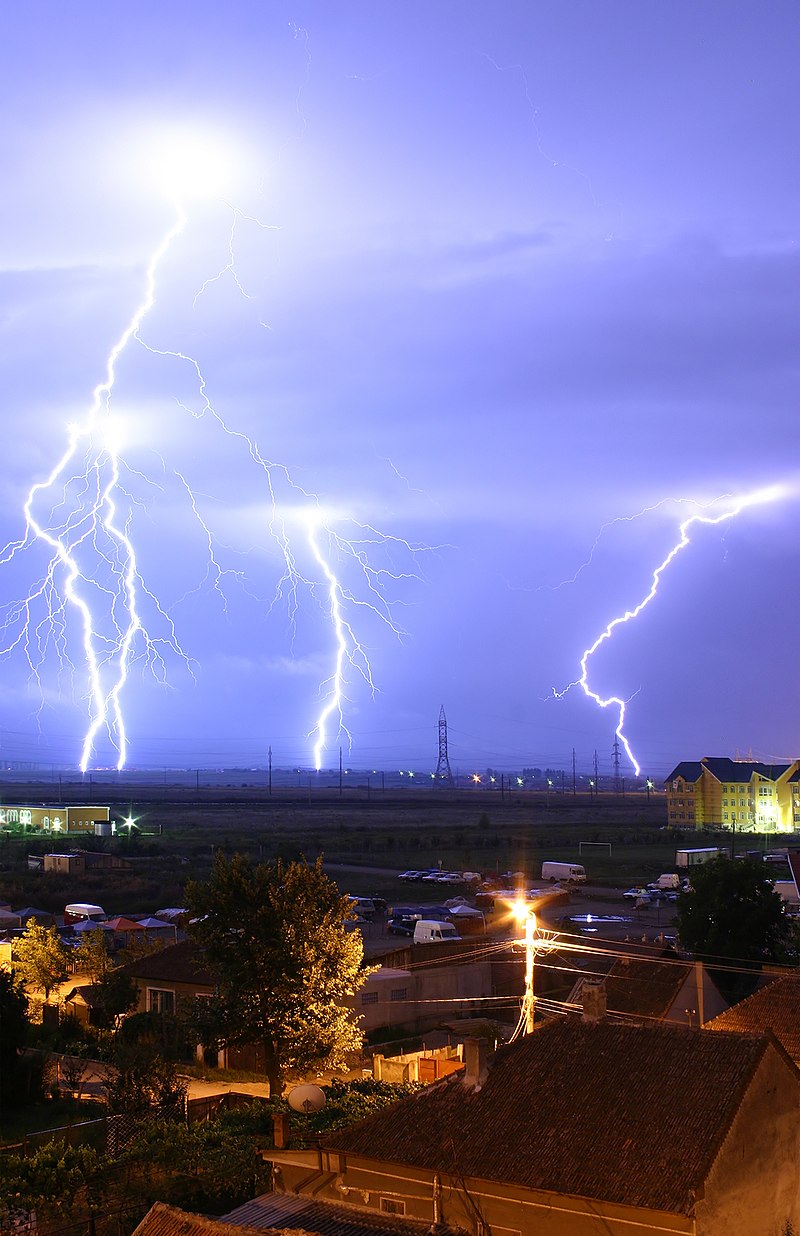
“How does the world’s greatest inventor invent?
How does he carry out an invention?
What sort of mentality does Nikole Tesla have?
Was his early life as commonplace as ours?”
(Hugo Gernsback, foreword to Nikola Tesla’s My Inventions, 1: My Early Life, Electrical Experimenter, February 1919)
“Our first endeavours are purely instinctive, promptings of an imagination vivid and undisciplined.
As we grow older, reason asserts itself and we become more and more systematic and designing.
But those early impulses, though not immediately productive, are of the greatest moment and may shape our very destinies.”
(Nikola Tesla, My Inventions)
Nikola had three sisters (Milka, Angelina and Marica) and an older brother named Dane, who was killed in a horse riding accident when Tesla was five.
Nikola attended primary school in Smiljan and Gospic and middle school in the latter town.
Above: Gospic, Croatia
“In my boyhood I suffered from a peculiar affliction due to the appearance of images, often accompanied by strong flashes of light, which marred the sights of real objects and interfered with my thought and action.
They were pictures of things and scenes which I had really seen, never of those I imagined.
When a word was spoken to me the image of the object it designated would present itself vividly to my vision and sometimes I was quite unable to distinguish whether what I saw was tangible or not.
This caused me great discomfort and anxiety….
To free myself of these tormenting appearances, I tried to concentrate my mind on something else I had seen, and in this way I would often obtain temporary relief.
But in order to get it I had to conjure continuously new images….”
(Nikola Tesla, My Inventions)
In 1870, Tesla moved far north to Karlovac to attend high school where he became interested in demonstrations of electricity by his physics teacher.
Tesla noted that these demonstrations of this “mysterious phenomena” made him want “to know more of this wonderful force.”
Tesla was able to perform integral calculus in his head, which prompted his teachers to believe that he was cheating.
Nonetheless he finished a four-year term, in three years, graduating in 1873.

“This (mental imaging) I did constantly until I was about 17 when my thoughts turned seriously to invention.
Then I observed to my great delight that I could visualize with the greatest facility.
I needed no models, drawings or experiments.
I could picture them all as real in my mind.”
(Nikola Tesla, My Inventions)
That same year, Tesla returned to Smiljan.
Shortly after he arrived, he contracted cholera, was bedridden for nine months and was near death multiple times.
In 1874 Tesla evaded conscription into the Austro-Hungarian army by running away southeast to Tomingaj.
There he explored the mountains wearing hunter’s garb, believing that this contact with nature made him stronger, both physically and mentally.
Tesla read many books while in Tomingaj and later said that Mark Twain’s works had helped him to miraculously recover from his earlier illness.
Above: Tomingaj, Croatia
In 1875, Tesla enrolled at Austrian Polytechnic in Graz, on a military frontier scholarship.
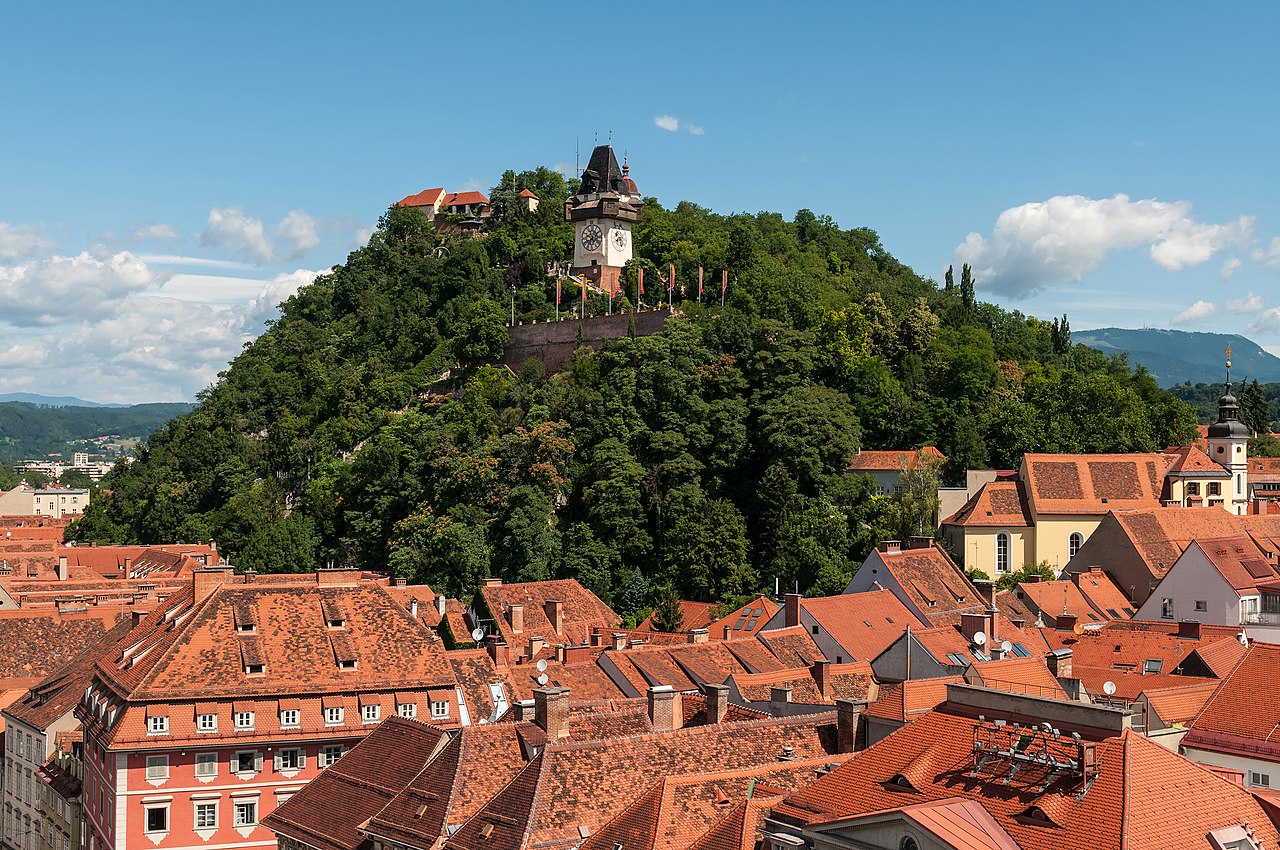
Above: Graz, Austria
During his first year, he never missed a lecture, earned the highest grades possible, passed nine exams (twice as many as were required), started a Serbian cultural club, and received a letter of recommendation from the dean of the technical faculty to his father, which stated:
“Your son is a star of the first rank.”
Tesla claimed that he worked from 3 a.m. to 11 p.m., no Sundays or holidays excepted.
(After Milutin’s death in 1879, Nikola found a package of letters from his professors to his father, warning that unless Nikola were removed from the school, he would die through overwork.)
At the end of his second year, Tesla lost his scholarship and became addicted to gambling.
During his third year, Tesla gambled away his allowance and his tuition money, later winning back his initial losses and returning the balance to his family.
When examination time came, Tesla was unprepared and asked for an extension to study, but was denied.
He did not receive grades for the last semester of the third year and he never graduated.
In December 1878, Tesla left Graz and severed all relations with his family to hide the fact that he dropped out of school.
His friends thought that he had drowned in the nearby Mur River.
Tesla moved to Maribor where he worked as a draftsman, spending his spare time playing cards with local men on the streets.
In March 1879, Tesla’s father went to Maribor to beg his son to return home, but he refused.
Nikola suffered a nervous breakdown.

Above: Maribor, Slovenia
On 24 March 1879, Tesla was returned to Gospic under police guard for not having a residence permit.
On 17 April 1879, Milutin Tesla died.
That year Nikola taught a large class of students in his old school in Gospic.
In January 1880, two of Tesla’s uncles put together enough money to help him leave Gospic for Prague, where he attended lectures in philosophy at Charles Ferdinand University as an auditor but did not receive grades for the courses.

Above: Prague, Czech Republic
In 1881 Tesla moved to Budapest to work as chief electrician for the Budapest Telephone Exchange.
Upon arrival, Tesla realized that the company, then under construction, was not functional, so he worked as a draftsman in the Central Telegraph Office.
Within a few months, the Budapest Telephone Exchange became functional and Tesla was allocated the chief electrician position.
During his time with the BTE, Tesla made many improvements to the Central Station Equipment and invented a device known as the telephone repeater, a precursor to the modern wireless telephone.
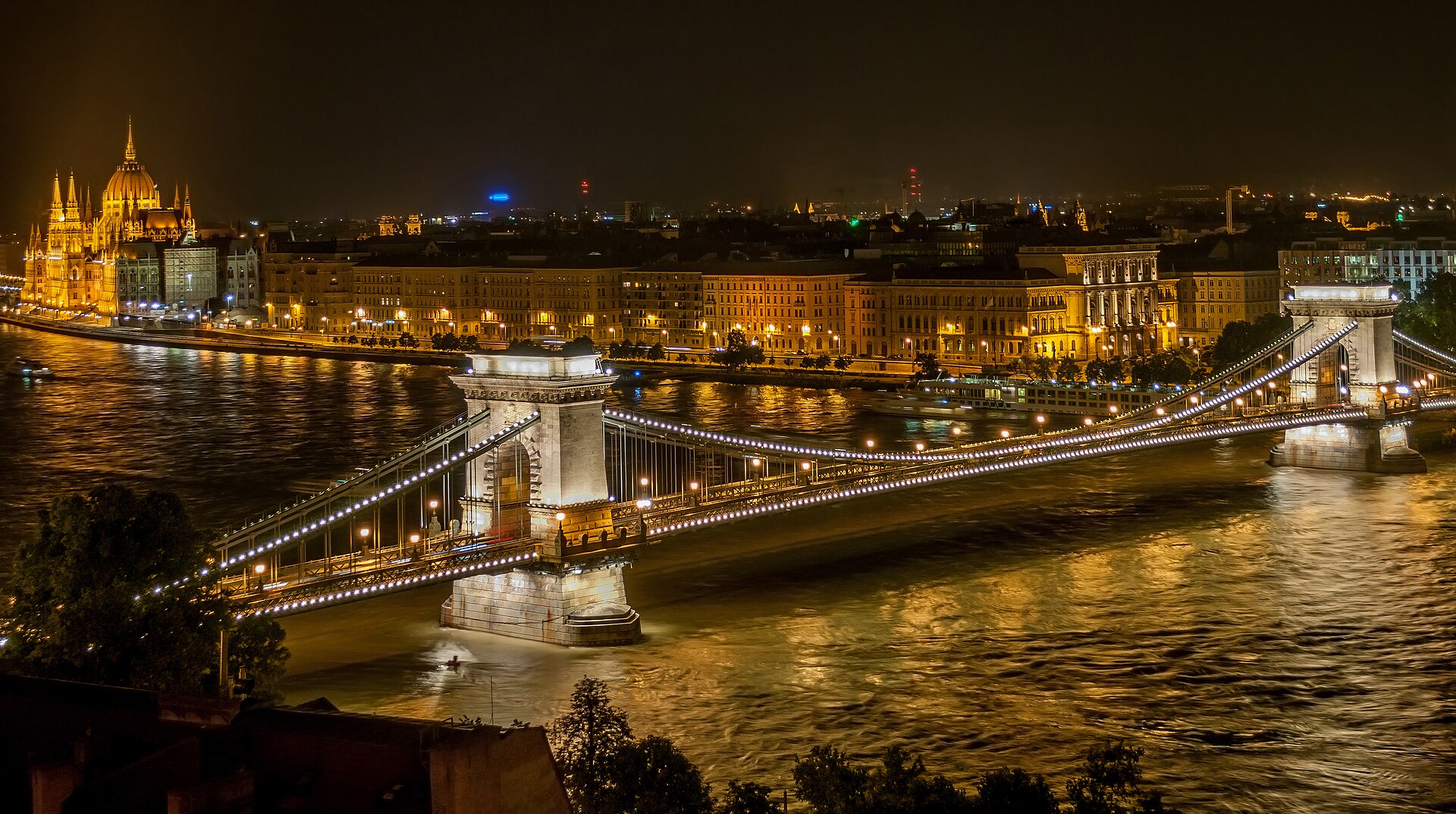
Above: Budapest, Hungary
In 1882, Tesla moved to Paris to work for the Continental Edison Company, in what was then a brand new industry, installing indoor incandescent lighting citywide in the form of an electric power utility.
Above: Paris, France
Management took notice of Tesla’s advanced knowledge in engineering and physics and soon had him designing and building improved versions of generating dynamos and motors, as well as sending him on to troubleshoot engineering problems at other Edison utilities being built across France and Germany.
In 1884, Edison manager Charles Batchelor, who had been overseeing the Paris Installation, was brought back to the US to manage the Edison Machine Works, a manufacturing division situated in New York City, and asked that Tesla be brought to the US as well.

Above: Charles Batchelor (1845 – 1910)
In June 1884, Tesla left Paris for New York City and the United States.
An amazing future awaited him.
Fame, fortune and amazing creativity would be both his bane and his blessing.
And there would literally be blood as two business magnates fought a merciless war for power….electrical power….with Tesla in the middle and Gernsback and the world as witness….
(To be continued….)
Sources: Wikipedia / Bradt Serbia / Nikola Tesla, My Inventions


